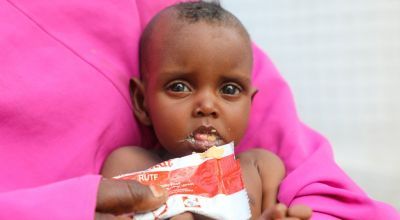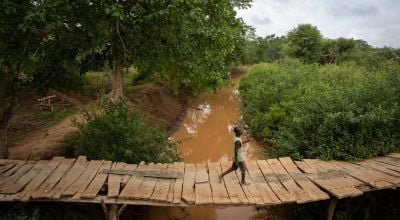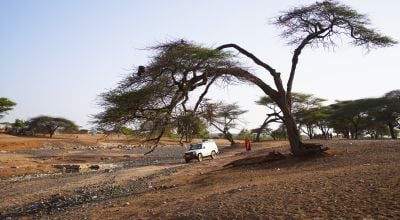
Read our 2023 annual report

Knowledge Hub
Somalia: on the brink of another catastrophe?
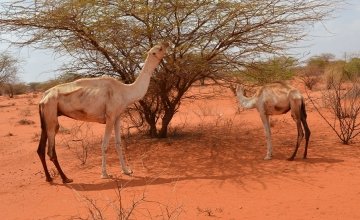
The Humanitarian Coordinator for Somalia, Peter de Clercq, has warned that famine could soon become a reality in Somalia. In 2011 a famine resulted in the estimated loss of more than a quarter a million lives so why is the country once again on the brink of catastrophe?
What has caused the current crisis?
Somalia is experiencing a drought, caused by two consecutive seasons of poor rainfall against the backdrop of an ongoing conflict. The drought has decimated crops and killed livestock, a vital source of income for many in a country where 71% of the population work in the agricultural sector. In the face of such extreme conditions people, who are already poor, are forced to sell any remaining assets to buy food to survive – food that is already expensive as prices have started to rise.
The number of people in need of assistance has increased from five million in September to over 6.2 million now, more than half of the country’s population. The situation for children is already dire with around 363,000 acutely malnourished children.
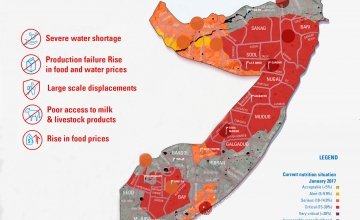
Is famine inevitable?
No. Famine is not inevitable if action is taken but the risk is very real and time is running out.
Concern is on the ground helping those who are in need of assistance. With support from our donors including DFID, ECHO and Irish Aid we are providing water, cash transfers and working on improving nutrition. However, the international community has not yet grasped the urgency of the situation, and action and funding have failed to materialise on the scale required. There is an appeal for about $300 million in aid for the first three months of 2017 but only about a third of the sum has so far been identified.Sadly even if donor governments give now, they will probably not be in time to mitigate the opening spike in deaths, but they may be in time to keep it reaching the devastating levels of 2011.
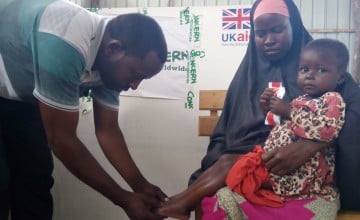
What’s the solution?
Right now the priority must be on saving lives in critically affected areas, and the locations where people have been forced to move to, focusing on food, water, sanitation, health and nutrition.
In the longer term it is crucial to tackle hunger in a way that better builds the resilience of vulnerable people. This means addressing the root causes of food crises, helping people to build the skills and resources they need to deal with disaster when it strikes without having to take desperate measures, such as leaving their homes or selling their most important assets, like livestock, which leave them worse off in the long run.
It is also important to recognise that the drivers or causes of hunger, like conflict and climate change, cannot be solved by any single organisation.
Want to help?
A monthly donation to Concern will help us respond to this and other similar crises in the region.
Read more



